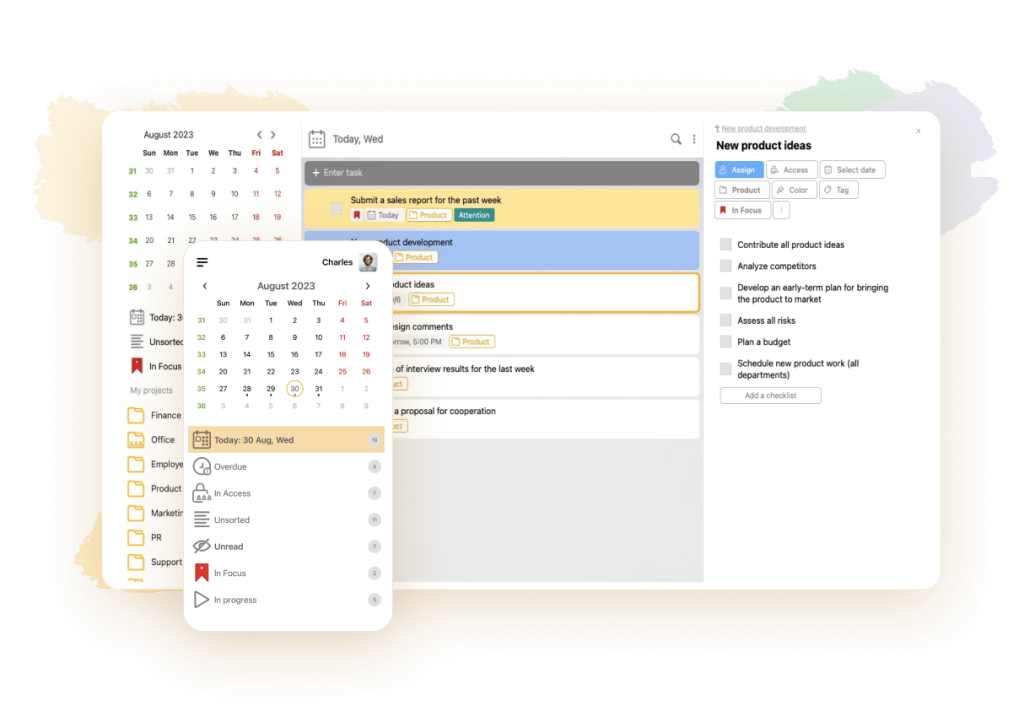Waterfall methodology

Various systems and methods are used in project management. Among them is the classic Waterfall methodology, which is a cascade model in which each transition to the next stage occurs only after the previous stage is completed. Today this method is rarely used, although for more than half a century of its existence it has proved its validity and efficiency many times. In fact, despite the active introduction of flexible Agile-technologies in the business sphere, there are many companies in which the cascade management system is the only alternative.
How the Waterfall method came
This method was first formulated in 1970 by Winston Walker Royce, a specialist in information technology. In 1976, the technology received its official name. Initially, the waterfall model was used in software development, but in IT it was successfully replaced by flexible Agile methods. Currently, the method is more in demand in the space and aviation industries, the financial sector, and medicine.
Waterfall project management system is based on cascading product development. In its framework, all project activities proceed sequentially, without any deviations from the plan. This methodology is characterized by a brief description of timelines and processes, which can be conventionally compared to the cascades of a waterfall.
Waterfall methodology is also called cascading development model. It is designed for practical application in project management and is similar to lean production. But lean management is most often applied in companies where it is necessary to identify and analyze customer requirements at the early stages of development, as well as in projects where it is important to present all stages of work as clearly as possible.
Waterfall management is one of the most popular project management practices based on a selectable brief and sequential flow of stages. With this method of web project development, the difference between stages can be well defined and an overview of each cycle can be made.
Principles and essence of cascade control system

The traditional Waterfall methodology is based on 8 principles:
- Mandatory documentation of incoming information.
- Each new phase begins after the previous one is completed.
- Missing any step is unacceptable.
- If the requirements to the product are changed in the process of its development, the ToR are amended accordingly.
- You can’t go back to past stages to correct them.
- Development is done exclusively in a single workflow, without iterations.
- Errors are corrected after the project is completed
- The client is not involved in the work process. His participation is limited to the creation of the ToR.
The waterfall model assumes a sequential execution of work. The number of phases, content, even their sequence may vary from project to project. But the essence is the same: each life phase of the project follows the previous one in a strict sequence. For example, a waterfall project in IT, organized according to the traditional cascade system, will consist of the following phases:
- Analysis and collection of analytics necessary for formulating requirements for the future product. Based on the information obtained, the terms of reference are created, a work schedule is developed, and possible project risks are calculated. The team moves to the next stage only after the plan is approved and thoroughly elaborated with detailed instructions for further actions.
- Project works containing creation of design layout and prototype of the future product.
- Development, including the creation of program code that complies with the layout and requirements approved in the plan. All works are performed exclusively according to the ToR, without any deviations from the assignment.
- Code testing aimed at detecting problems and errors. In case of serious defects of the project, the team will need a lot of time to fix them. This is the main disadvantage of the cascade model.
- Handing over the results to the customer with technical support for a set amount of time, to make sure everything is working properly.
Waterfall methodology is based on a clearly planned ToR and does not allow the slightest deviations from the plan, unlike Agile technologies, which welcome adaptability and flexibility.
Pros and cons of the Waterfall

Lack of flexibility, mandatory formalization of project management that negatively affects the speed of task completion – these factors are serious reasons to criticize the cascade approach. The disadvantages of Waterfall include:
- A huge number of documents that require approval and updating. Due to these bureaucratic procedures, work on many tasks moves slower than possible.
- A detailed plan is not a guarantee of quality work on the project. The phrase “we have completed 60% of the project work” does not mean that all tasks have been completed correctly and competently, because their quality can be checked only after the project is delivered.
- The customer is completely removed from the product development. He cannot make changes along the way if he is not satisfied with something. Users have no opportunity to gradually familiarize themselves with the product at the stage of its development.
- Absolutely all the requirements of the TOR must be known before product development begins. This is quite problematic, as often the needs and desires of the customer change dramatically during the course of the project. Flexible Agile methodologies work much better in this case.
- The testing phase in the waterfall model is at the finishing stage. That is, the results of the work, including errors and mistakes of the team, will be known at the end. It turns out that during the whole project, insufficiently competent performers may work on certain tasks. The result: a lot of problems that will take a lot of work to solve, with no guarantee.
Despite its many “weaknesses,” the waterfall approach has many advantages. Let us briefly consider some of them:
- Insensitivity to replacement of team members. Since all the functions of the project participants are documented, if someone leaves the team at the development stage, it will not affect the activities of the other team members.
- Strict discipline backed by a clear plan and strict adherence to the sequence of steps.
- Transparency at every stage of management. Knowing what will happen at each phase of the project makes it easier for the manager to forecast the budget and select performers.
Since 2009, the Project Management Body of Knowledge (PMBOK) has included a hybrid version of management that combines the advantages of the cascade methodology and iterative techniques.
Who the waterfall model is suitable for
The formalized Waterfall system is relevant when creating complex products that require large financial outlays and a strict sequence of work (for example, in the military, aviation, and space industries). To see if this methodology is suitable for your project, answer the following questions for yourself:
- You have a concrete and clear idea of the type of end result of the project.
- You have sufficient time and resources to implement it.
- You are required to describe the documentation of each phase of the work.
- Strict adherence to certain steps is important for the creation of your product.
- You have done a similar project before, you need to replicate it exactly, following the approved pattern.
- Your customer completely removes themselves from the project by outsourcing it to you.
LeaderTask application for project management

Effective project management is impossible without automation and implementation of professional project and team management tools. They help to organize teamwork, achieve set goals with less time, and optimize business processes.
LeaderTask is an innovative software product that is an online service for planning, tracking employee efficiency, and organizing teamwork. In the application you can create projects, tasks, distribute them among employees. Track their progress and mark the performance of each performer on a convenient, informative graph.
The program includes a calendar for daily planning, a progressive system of reminders and notifications that will keep you informed of all current and planned project activities. The application works on all digital platforms: Web, Windows, Android, iOS, MacOS, with synchronization of information between mobile devices and PCs. It supports tools of popular management methodologies, including Waterfall, Agile methods, GTD, Scrum, Kanban, Pareto principle and other task and time management techniques.
Conclusion
Like many other management methods, Waterfall has its own characteristics, pros and cons. The cascade approach is definitely appropriate in the construction industry and medicine. It is not suitable for startups and IT. For these areas, it is more reasonable to choose the use of an agile model and methods of working on projects.



